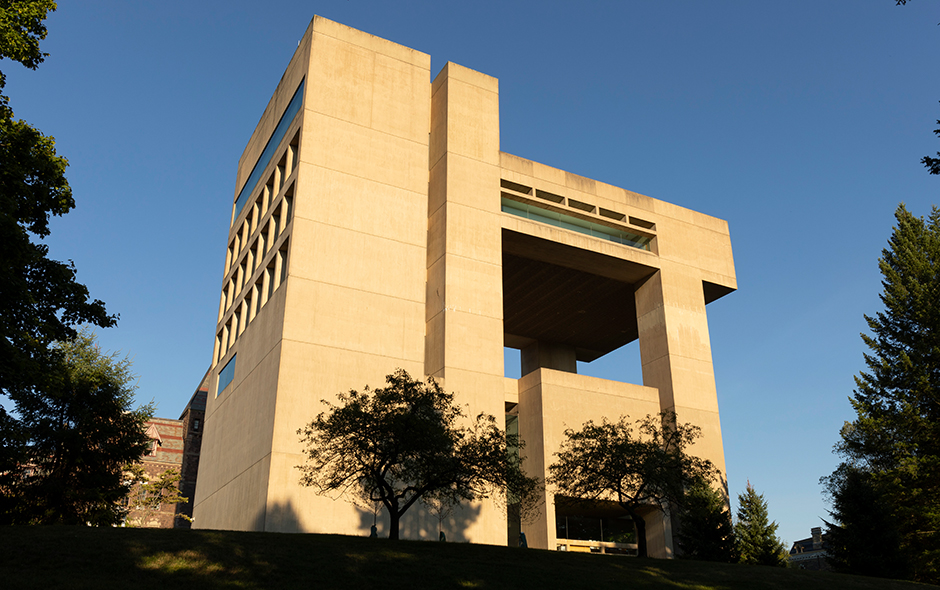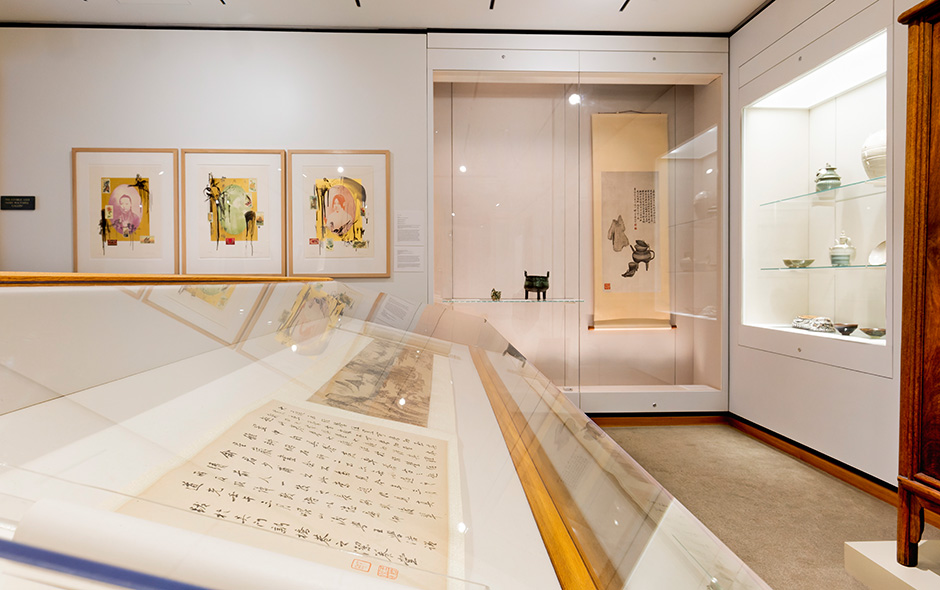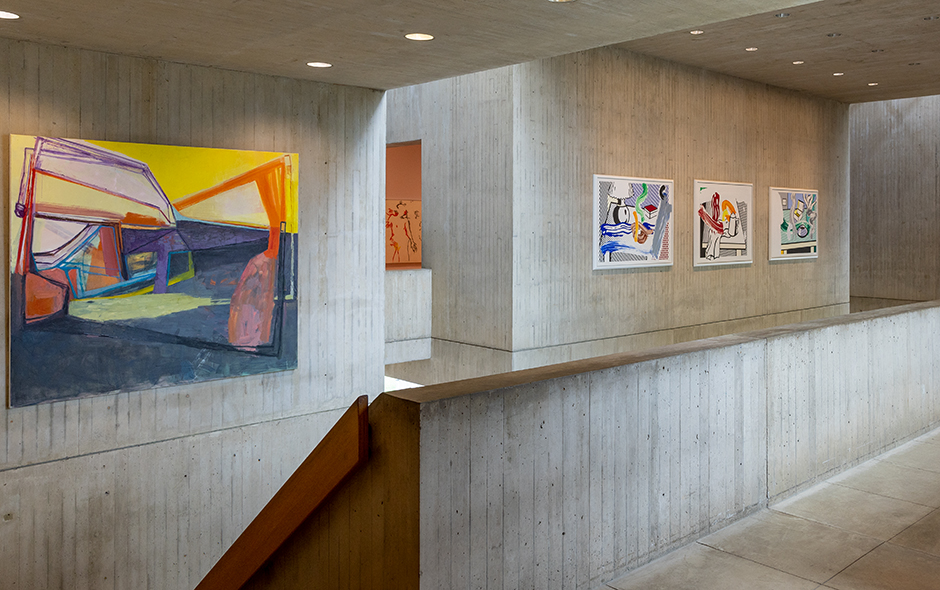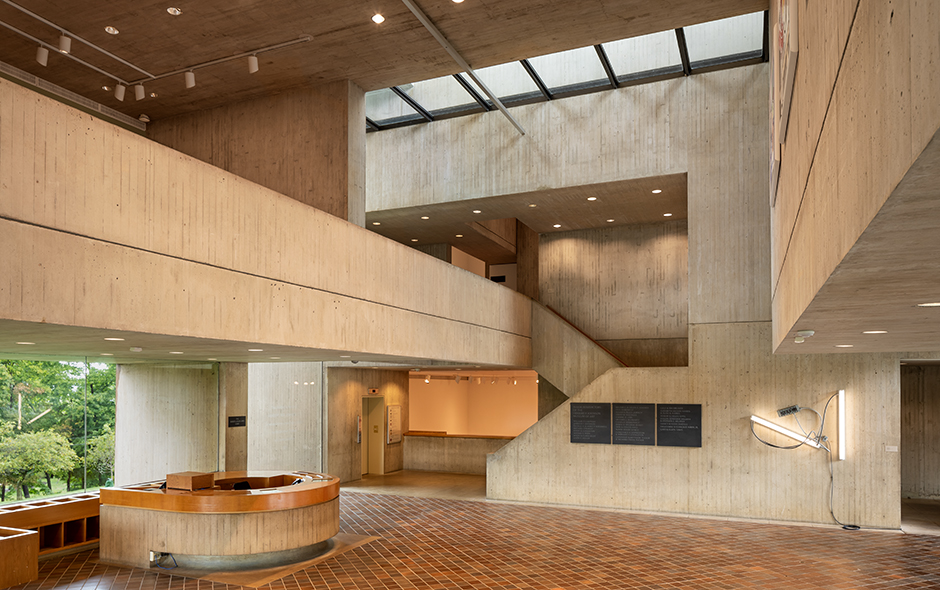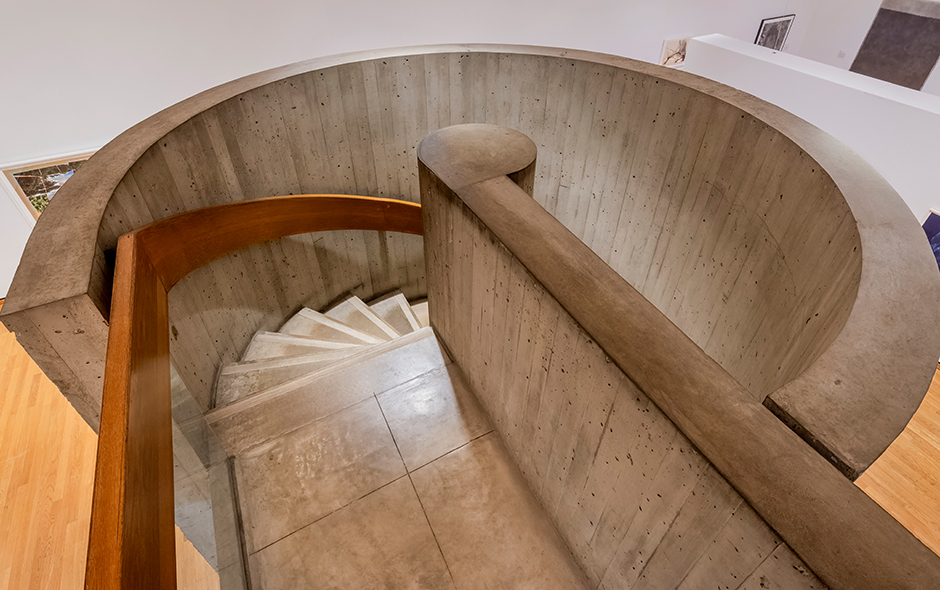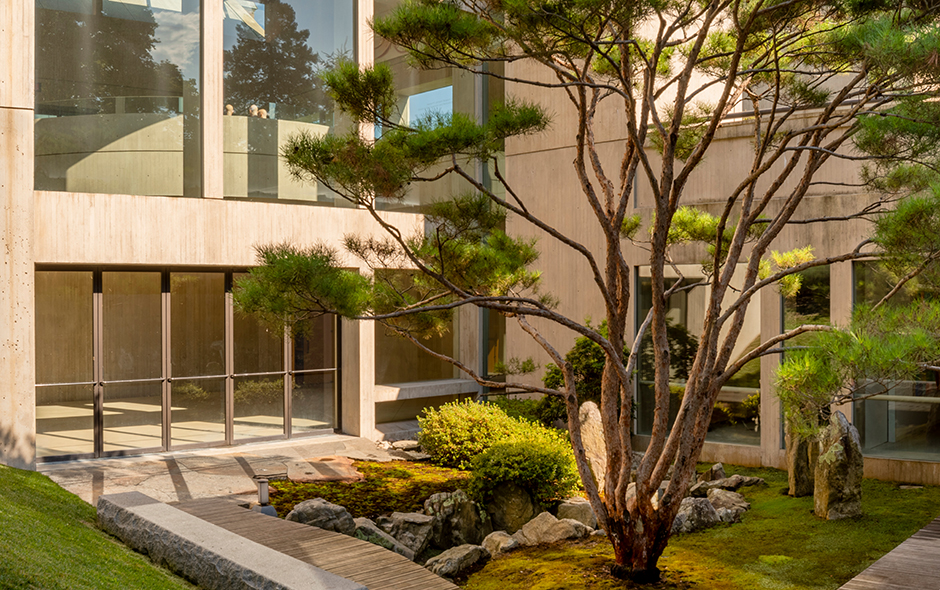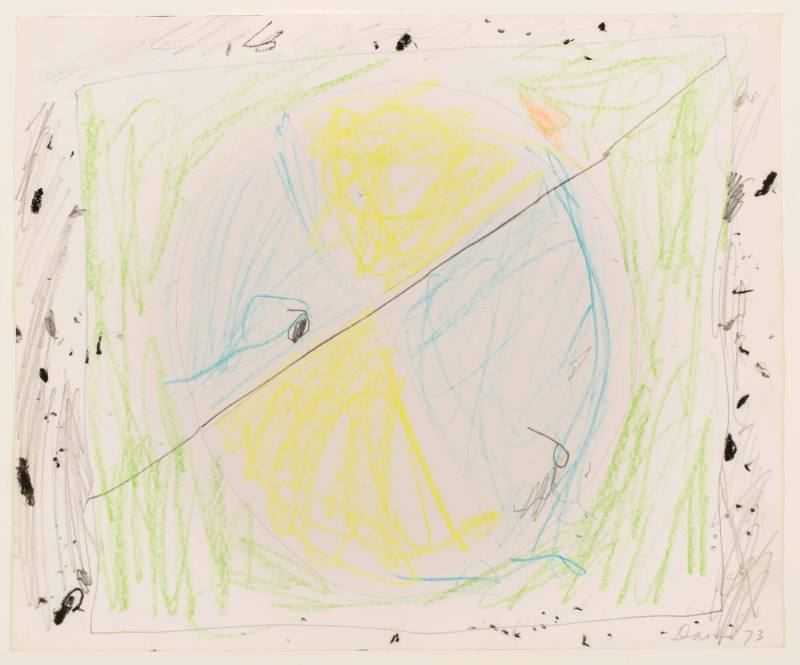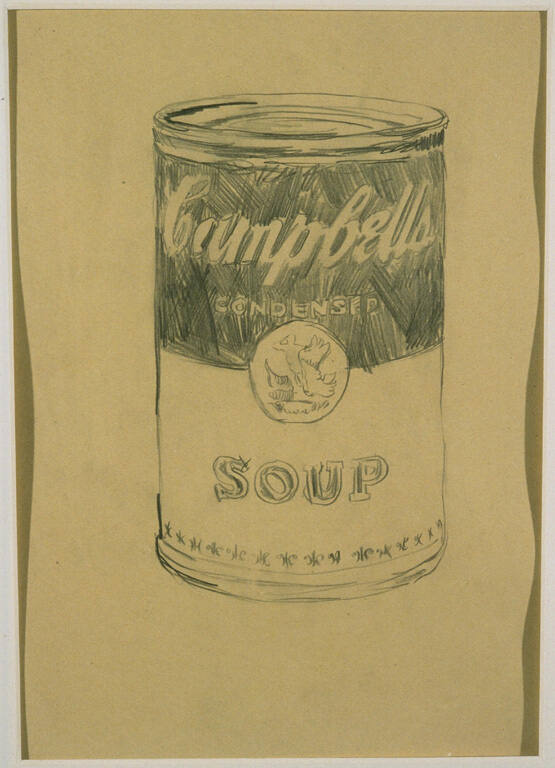
Object Details
Artist
Andy Warhol
Date
1962
Medium
Graphite on wove paper
Dimensions
Image: 10 1/8 x 5 3/4 inches (25.7 x 14.6 cm)
Sheet: 28 x 21 1/4 inches (71.1 x 54 cm)
Credit Line
Acquired through the Membership Purchase Fund
Object
Number
80.084
Warhol made this drawing the same year as his now legendary 32 Campbell’s Soup Cans, a series of p(…)
Warhol made this drawing the same year as his now legendary 32 Campbell’s Soup Cans, a series of paintings first exhibited at the Ferus Gallery in Los Angeles and now in the collection of the Museum of Modern Art. These paintings were executed with barely a trace of the artist’s hand: Warhol would send the source image to a commercial printer who would “burn” it onto a silkscreen using light-sensitive photo emulsion. From there he would print the silkscreen onto canvas, which he would sometimes underpaint at the beginning and hand-stencil details in at the end. In his early paintings, he would also add additional accents such as hand-carved rubber stamps. The inexact lines of the drawing, unlike the almost fully mechanized process of silkscreening, attests to Warhol’s pre-fame occupation as an accomplished draftsman and graphic designer. (“This is no Less Curious: Journeys through the Collection” cocurated by Sonja Gandert, Alexandra Palmer, and Alana Ryder and presented at the Johnson Museum January 24 – April 12, 2015)



